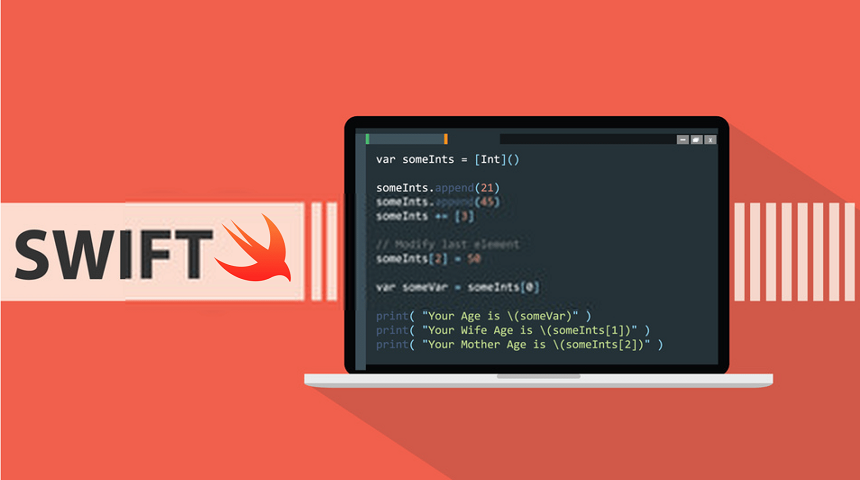
Free eBooks for Beginners
Cryptographic Hashing is a method of using mathematical algorithms to encrypt data in order to keep it secure. When data is hashed, it is transformed into a unique string of characters that can be used to verify its authenticity without revealing the original data. This makes it a useful tool for checking the integrity of data, such as passwords and other sensitive information.
In Swift, there are several libraries that provide support for cryptographic hashing, such as CommonCrypto and CryptoKit. These libraries provide various algorithms for hashing data, such as SHA256 and MD5. To use cryptographic hashing in Swift, you can use these libraries to create a hash of your data and then compare it to another hash to determine if the data has been changed.
For example, let’s say you have a password that you want to store securely. You can hash the password and then store the hash, rather than the actual password. When the user logs in, you can hash the entered password and compare it to the stored hash. If the hashes match, then the entered password is the same as the original password.
It’s important to note that cryptographic hashing is not the same as encryption. Encryption is the process of converting data into a code in order to keep it confidential, while hashing is the process of transforming data into a unique string of characters. Encryption can be reversed, while hashing cannot.
In summary, cryptographic hashing is a powerful tool for protecting data in Swift. Whether you’re working with passwords or other sensitive information, hashing can help you to ensure the security and integrity of your data. By using libraries such as CommonCrypto and CryptoKit, you can easily implement cryptographic hashing in your Swift applications.
Cookbook – SWIFT for Beginners – Chapter 55: Cryptographic Hashing
 Loading...
Loading...
Disclaimer: The information and code presented within this recipe/tutorial is only for educational and coaching purposes for beginners and developers. Anyone can practice and apply the recipe/tutorial presented here, but the reader is taking full responsibility for his/her actions. The author (content curator) of this recipe (code / program) has made every effort to ensure the accuracy of the information was correct at time of publication. The author (content curator) does not assume and hereby disclaims any liability to any party for any loss, damage, or disruption caused by errors or omissions, whether such errors or omissions result from accident, negligence, or any other cause. The information presented here could also be found in public knowledge domains.